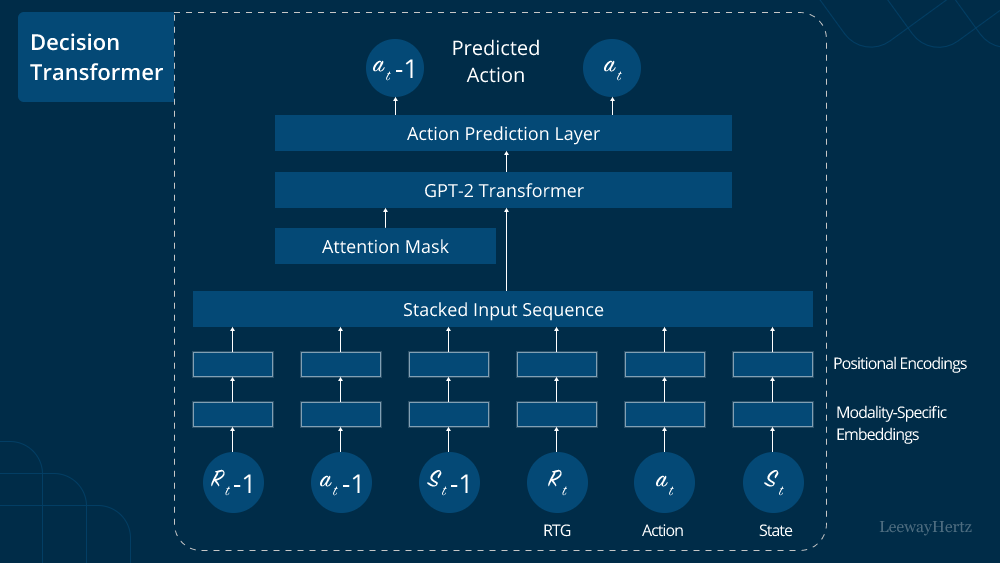Gemini 2.0: The Next Leap in AI with Multimodality and Autonomous Agents
The rapid pace of AI innovation has once again taken a giant leap forward with Google’s Gemini 2.0, a landmark in multimodal AI and the rise of autonomous AI agents. While many have focused on headline-grabbing benchmarks, the real game-changer lies in its true multimodal capabilities, improved reasoning, and cost-efficient scalability—factors that will reshape how developers and businesses integrate AI into their workflows.

Optimizing Performance and Cost
Gemini 2.0 is not a one-size-fits-all model but a family optimized for different performance and cost requirements. These tiered offerings allow businesses to optimize for performance, cost, and scalability based on their specific AI requirements.
Truly Multimodal
Gemini 2.0 is the first truly multimodal large language model, surpassing its predecessors by natively integrating multiple data types. Unlike models that process modalities in separate pipelines, Gemini 2.0 employs a transformer-based shared representation architecture, where text, images, audio, and video share neural embeddings.

This integration enables a unified architecture that enables more complex and integrated AI applications.
Enhanced AI Applications
One example of this enhanced capability is in the field of medical AI assistants. A medical AI assistant analyzing patient symptoms can now generalize tasks across multiple modalities simultaneously, improving performance in autonomous systems, robotics, and diagnostics.
Advancements in Reasoning
Gemini 2.0 goes beyond traditional AI pattern recognition, improving in key reasoning areas. In AI-driven research, Gemini 2.0 achieves up to 25% better accuracy in solving symbolic mathematics and logical puzzles, bringing it closer to human-like problem-solving capabilities.
![What Is Multimodal AI? A Complete Guide [2025]](https://www.solulab.com/wp-content/uploads/2024/03/Multimodal-AI.jpg)
The Ethical Responsibility
With great AI power comes greater ethical responsibility. As AI becomes more autonomous, new challenges arise. Ethical AI is not an afterthought—it is embedded into Gemini 2.0’s core design. By the end of 2024, AI agents will transition from a reactive assistant to an active problem-solver.
The Future with Gemini 2.0
For developers, entrepreneurs, and AI enthusiasts, Gemini 2.0 is the best AI model available today due to its advancements in multimodality, reasoning, and AI agent autonomy. Start leveraging Gemini 2.0 today as it reshapes AI workflows across industries. The time to start building with AI is today.





















